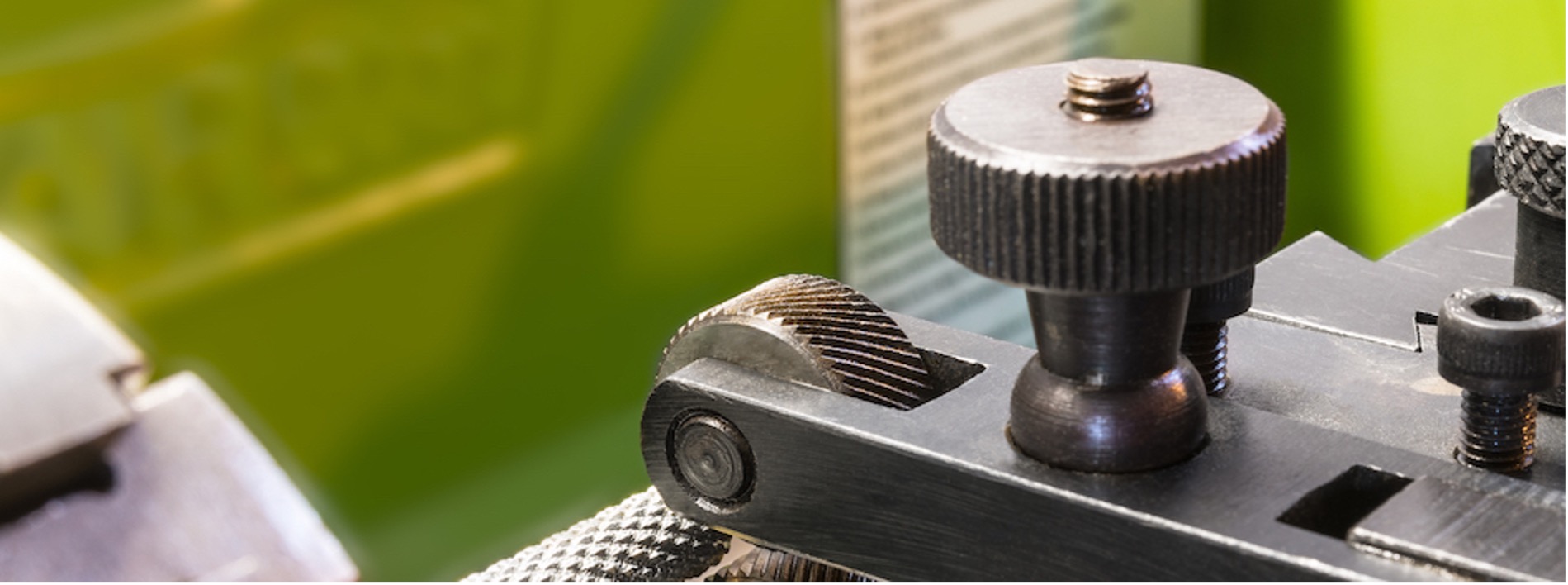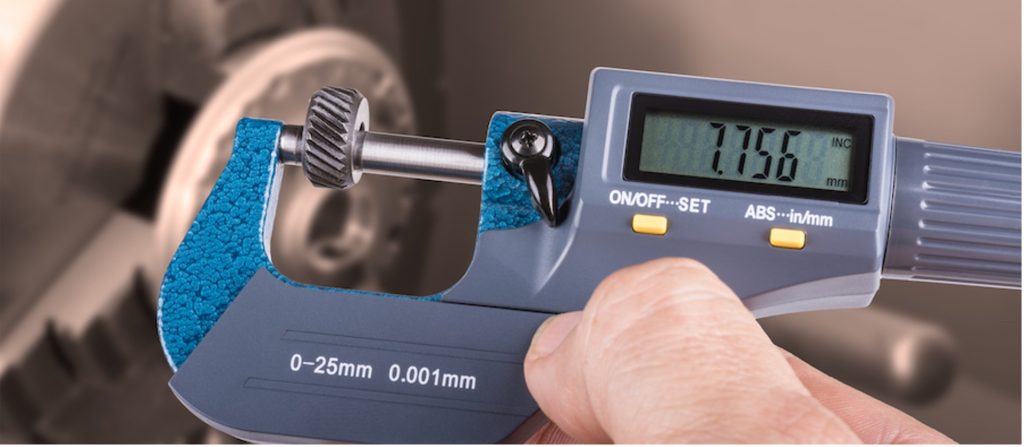
Knurling Tools 101: Types, Features, & Applications
Knurling is a process commonly used in the manufacturing industry. But what is it, and when should it be applied?
What is Knurling?
Knurling is a finishing process using hand or machine tools to give a product a texture by creating patterns or grooves on round objects. Unlike some other finishing processes, knurling does not remove any material. The item’s dimensions remain the same.
Types of Knurling Tools
Manufacturers can choose from an array of knurling tools, depending on the texture or design. They typically attach to a lathe and include internal holders and convex or concave tools.
Internal knurling tools create a boring bar texture, and convex ones reduce issues with double tracking. When decorative designs are needed, a concave tool is often used.
Some examples of various tools include rotating heads and various-sized wheels. Knurling holders keep the wheels steady on the lathe as they create the pattern. Scissors and machine tool inserts are other tools commonly used during the knurling process.
Shopping for DXP tools? Contact us today!

Knurling Patterns
The type of pattern you create depends on the tool. Most knurling patterns are either straight or diagonal lines. Diamond shapes are another popular knurling pattern.
Creating either type of pattern is relatively easy, especially using a lathe. The metal item is securely held in an upright position. It can also be held horizontally. Regardless of the position, the metal piece must be straight. Otherwise, the pattern will not be precise. Knurl holders keep the tool in place as a small crank moves the lathe towards the metal piece.
The finished item will have a textured pattern, either straight, diagonal, or diamond-shaped.
Common Applications
Knurling is a common application in multiple industries beyond manufacturing. For example, the automotive and aerospace industries use knurled metal items, along with institutions and mechanical labs.
Consumer satisfaction is a primary reason for knurling. Customers often prefer products with a texture over items with a smooth finish. However, adding a decorative touch to metal products isn’t the only reason for knurling. It can also improve performance and stability.
Tools with textured handles are easier to grip. The textured surface also makes tools safer to use. For example, a hammer with a textured handle is less likely to slip out of your hands.
Some metal items lock or key to other pieces. Some knurling tools give surfaces serration, allowing the pieces to fit easily and securely together.
Machine vs. Hand Knurling Tools
Machining, primarily with a lathe, is a slightly more complex process than using hand tools. However, it can be faster and produce more precise results. The tool is attached to the lathe with a knurl holder and removes bits of metal from the item to create the intended pattern.
Hand-knurling tools do not use a bit to create the pattern. Instead, a small roller is used. Pressure is applied to the rolling tool as it runs across the metal item. As the tool rolls across the product, the pattern is created. Hand-rolling tools are available in varying sizes, allowing you to create precise patterns to fit the object’s size and intended use.
DXP Can Fulfill All Your Knurling Needs
In conclusion, knurling is a common practice in the manufacturing industry with broad applications across several industries. Whether it is hand knurling or using a lathe, DXP has the turning and boring tools to fill our clients’ orders. To learn more about the metalworking products DXP offers, contact us today!

